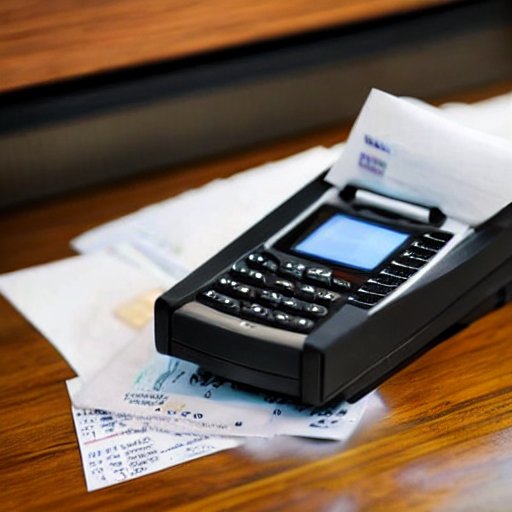
Credit card machines have become an integral part of modern commerce, facilitating secure and efficient transactions. One aspect of credit card machines that often sparks curiosity is the type of paper they employ. Many individuals wonder whether there are credit card machines available that do not rely on thermal paper. In this article, we will explore this topic and shed light on the existence of credit card machines that use non-thermal paper.
To begin with, let’s understand the concept of thermal paper and its typical application in credit card machines. Thermal paper is specially coated paper that contains a heat-sensitive layer. When subjected to heat, such as through a thermal printer within a credit card machine, it produces the printed text and graphics without the need for ink or ribbons. This technology offers fast printing speeds and is cost-effective for businesses.
However, it is important to note that not all credit card machines exclusively utilize thermal paper. There are alternatives available in the market. One such option is carbonless paper, commonly known as NCR (No Carbon Required) paper. NCR paper is often used for duplicate or triplicate receipts, where the information written or imprinted on the top sheet automatically transfers to the subsequent sheets without the need for carbon paper. These credit card machines typically incorporate a pressure-sensitive mechanism that transfers the information from the top sheet to the underlying sheets.
Another alternative to thermal paper is standard bond paper, which is commonly used in traditional printers. Bond paper requires ink or toner to create the printed content. Credit card machines that employ bond paper typically feature an ink or toner cartridge, similar to regular printers. This allows for the generation of receipts on standard paper using ink or toner technology.
While non-thermal paper options offer advantages such as compatibility with existing printer supplies and the absence of heat-sensitive coatings, there are a few considerations to bear in mind. Credit card machines utilizing non-thermal paper may have slightly slower printing speeds compared to their thermal counterparts. Additionally, the cost of ink or toner cartridges and maintenance requirements for replenishing supplies should be factored into the decision-making process.
In conclusion, while thermal paper remains a popular choice for credit card machines due to its cost-effectiveness and rapid printing capabilities, there are alternatives available. Credit card machines that use carbonless or bond paper offer non-thermal printing solutions. Each option has its own considerations in terms of speed, cost, and supply maintenance. By carefully evaluating your specific requirements, you can make an informed decision regarding the type of credit card machine that best suits your business or personal needs.